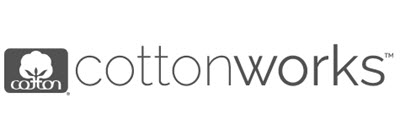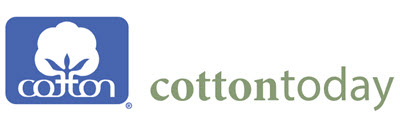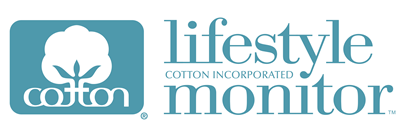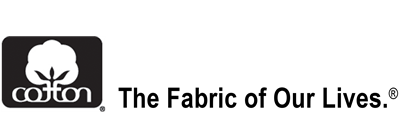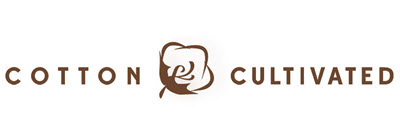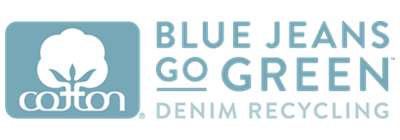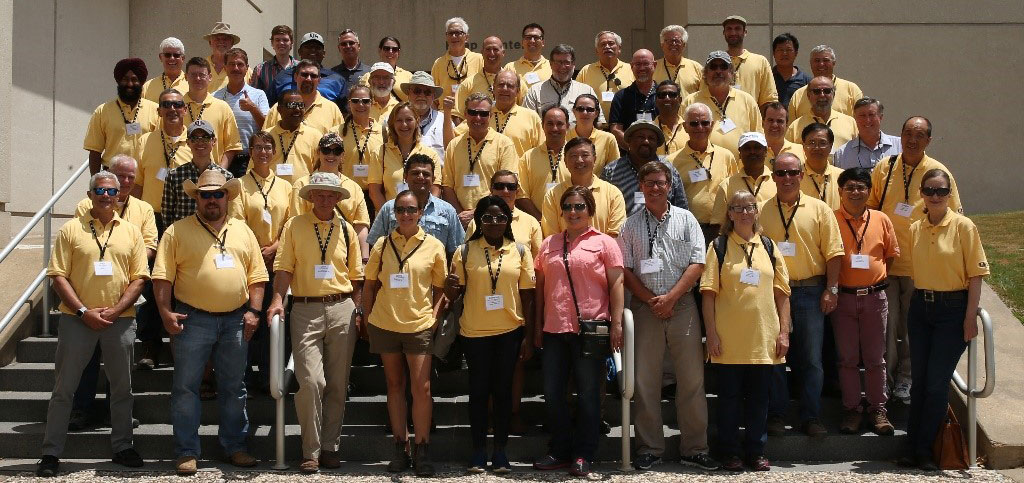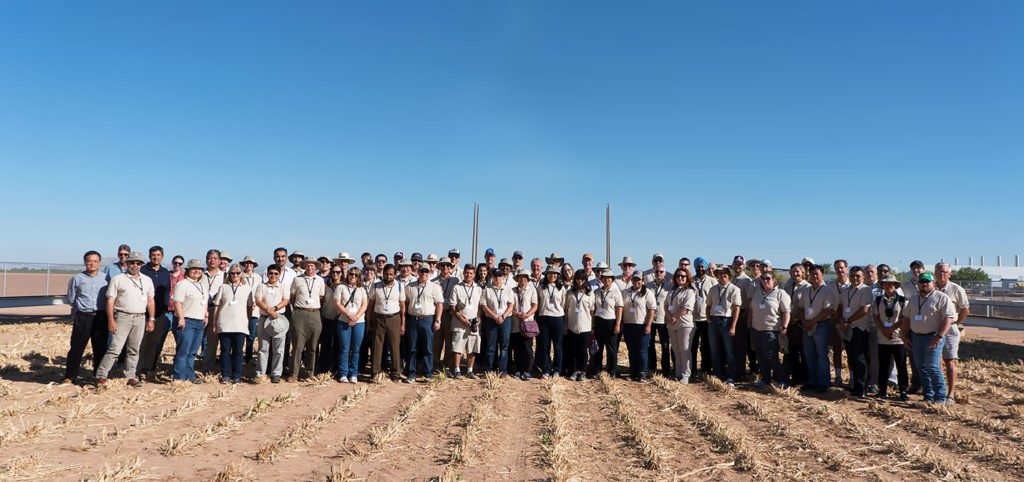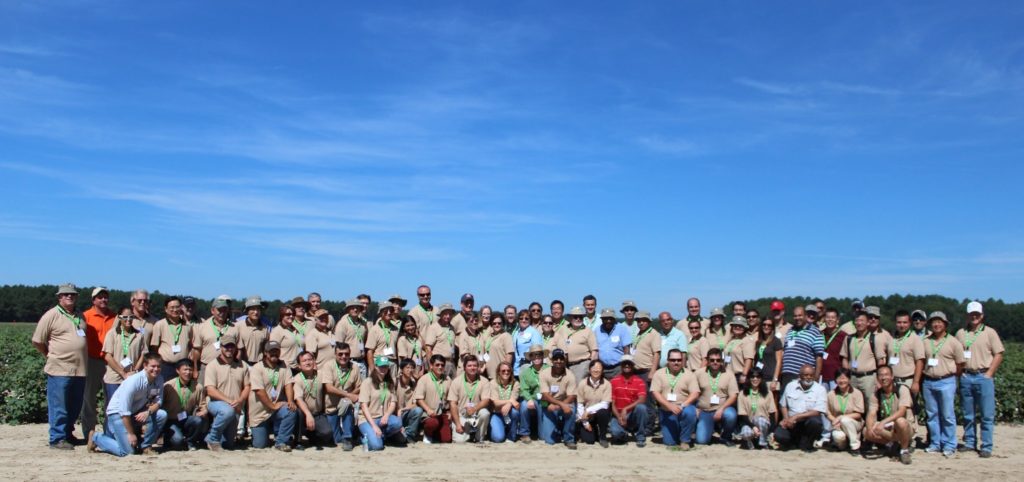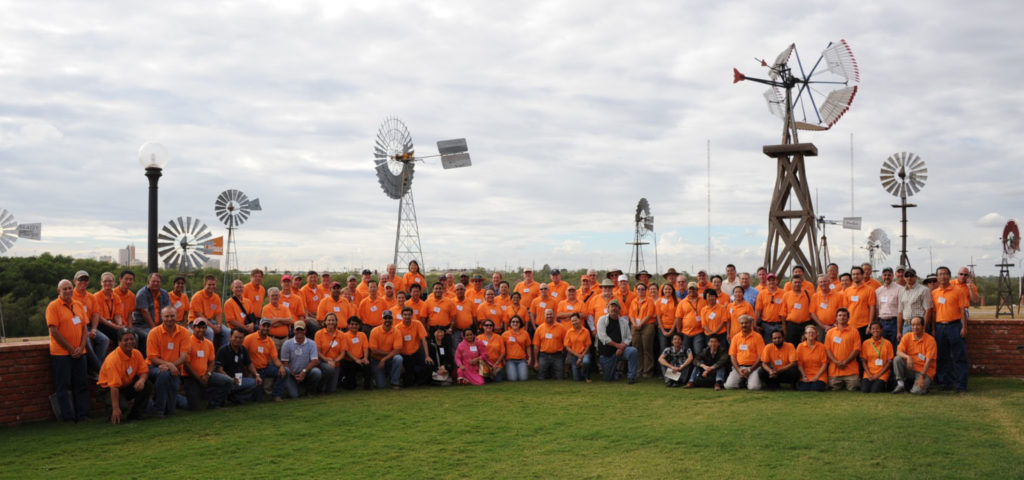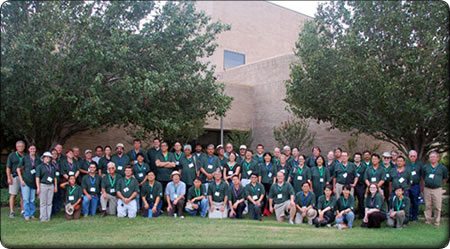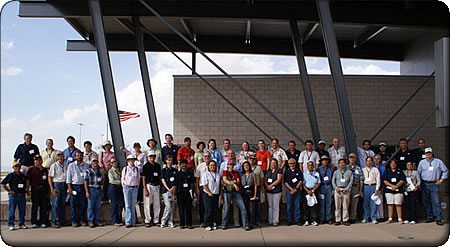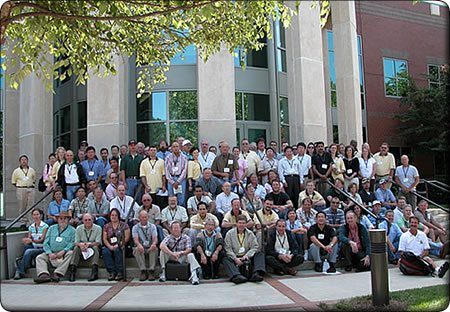2024
The 2024 Cotton Breeders Meeting involving 100+ attendees was hosted by Cotton Incorporated at the Cary World Headquarters July 16-17th.
The purpose of the meeting was two-fold: 1) bring together both public and private sector scientists to learn of the latest developments in breeding and genomics, and 2) establish a spirit of cooperation between sectors to solve issues facing growers. To address both objectives, the meeting began with a presentation by Dr. Chris Saski describing the private/public sector collaboration that resulted in resistant FOV4 germplasm being identified and released to the larger cotton community and the causative genes for such resistance. Other presentations covered topics spanning new fiber quality measures (Dr. Neha Kothari), genomic selection (Dr. Amanda Hulse-Kemp), and practical application of the recently developed cotton pangenome (Dr. John Lovell). A special highlight of the science focused session was a presentation given by Dr. Jonathan Wendel, a member of the United States National Academy of Sciences, describing domestication and diversity and how each is the basis for the genetic improvement of cotton.
The second objective was well served with an audience-led discussion, moderated by Dr. Warwick Stiller, covering the results of pre-meeting survey responses that were penned by private and public sector attendees. The survey questions and participant responses made for a lively, healthy discussion that permeated the entire two-day meeting. Dr. Stiller also separately presented highlights of his highly successful CSIRO breeding program. To provide a more holistic perspective of the total cotton value chain, Mark Messura covered the downstream challenges of getting cotton into commercial products, information that breeders to often are not exposed to in their ‘silos’ of responsibility.
On Tuesday evening July 16th all attendees enjoyed socializing with a BBQ dinner paid for by our private industry friends. This too helped reinforce the collaborative spirit of the entire meeting.
- Genomic Selection for Public Cotton Breeding – Amanda Hulse-Kemp
- New Fiber Quality Measurements – Neha Kothari
- Exploring and exploiting the cotton pan-genome – John Lovell, Avinash Sreedasyam & Jeremy Schmutz
- Beyond Breeding: Downstream Challenges for Getting Cotton into Products – Mark Messura
- FOV4 Developments – Christopher Saski
- The CSIRO Cotton Breeding Program – Warwick Stiller
- Cotton Diversity – Jonathan Wendel
2019
The 2019 Cotton Breeders’ Tour (CBT) was held July 22 – 25 in College Station and Corpus Christi. It was organized by Dr. Don Jones from Cotton Incorporated and 85 scientists attended. The tour kicked off with a Monday afternoon workshop on cottonseed. Speakers included Berrye Worsham, Drs. Kent Chapman, Jane Dever, Fred Bourland, Warwick Stiller, and Dave Albers who covered topics ranging from seed size to seed components such as oil and protein.
Tuesday morning participants learned about the use and maintenance of the National Cotton Germplasm Collection from USDA scientists Drs. Josh Udall, James Frelichowski, and Lori Hinze. A short distance away Texas AgriLife research professor Dr. David Stelly and his graduate students spoke about their research developing chromosome substitution lines and molecular markers. The group then moved to the Scotts Miracle Grow Facility to learn about turfgrass research from Dr. Rebecca Grubb and staff. Tuesday afternoon attendees moved back inside to hear presentations on the following: Dr. Paul Chomet from NRGene covered development of a cotton pangenome and Drs. Michael Thomson, Keerti Rathore, Libo Shan, and Marco Molina from the Texas A&M Institute for Plant Genomics and Biotechnology Borlaug Center spoke about gene editing opportunities. Updates on two threats to US cotton were then presented by Dr. Jenny Koebernick from Auburn University on the recently observed CLRDV in the southeast and by Dr. Jim Olvey from O&A Enterprises on the FOV4 screening in Texas.
What followed on Wednesday were several field visits. First was a visit to the Texas AgriLife Research and Extension Farm. Topics covered included the National Cotton Variety Trial, Regional High Quality Trial, and RBTN by Drs. Wayne Smith and Steve Hague. Use of robots was covered by Dr. Alex Thomasson. Dr. Bill Rooney next spoke about his highly productive sorghum breeding and genetics program. The group then moved a short distance to learn about the Bayer cotton breeding program from Drs. Dawn Fraser, Dave Albers, Darren Jones, and Daniel Mowery. Late Wednesday afternoon we were hosted by Dr. Cory Mills from the BASF cotton breeding program near Corpus Christi.
Thursday morning the group visited Corteva outside of Corpus Christi and learned about their cotton breeding program from Drs. Mustafa McPherson, Dan Gorman, Ramesh Buyyarapu, and Dru Rush. We then moved to the nearby Texas A&M AgriLife Research and Extension Farm and heard presentations from Drs. Juan Landivar, Jinha Jung, and Joshua A. McGinty covering UAVs, geo-referencing, and big data management.
The 2019 Cotton Breeders’ Tour attendees enjoyed lower than normal temperatures and unexpectedly pleasant humidity. During both classroom sessions and field visits, attendees were attentive and asked probing questions – and accomplished the goal of the CBT which is to foster communication and provide training to cotton researchers to eventually deliver improved varieties for cotton growers.
2017
The 2017 Cotton Breeders’ Tour (CBT) was organized by Dr. Don Jones from Cotton Incorporated and drew 75 scientists and seedsmen from five countries. The large majority came from the United States, but participants also came from Australia, Brazil, China, and Pakistan. Attendees began the tour Sunday afternoon in a classroom setting learning about various uses of the CottonGen database from Drs. Todd Campbell and Josh Udall. Dr. Roy Cantrell then spoke about how breeding has improved cotton’s sustainability footprint. Dr. Warwick Stiller from CSIRO gave an overview of Australian cotton production and the significant impact breeding has had on their production.
What followed next was a session devoted to learning about the emerging FOV issue facing the US upland cotton industry. Speakers included Drs. Peng Chee, Bob Hutmacher, Jinggao Liu, Robert Nichols, Jim Olvey, Warwick Stiller, and Mauricio Ulloa. They covered topics ranging from the diversity of virulence mechanisms to successful breeding solutions currently being deployed in both the US pima and Australian upland markets.
The CBT then moved to field site visits. Attendees observed several cotton research programs while visiting the USDA/University of Arizona research station near Maricopa.
Presenters from a host of disciplines spoke about high throughput phenotyping (HTP) efforts involving both ground and drone based systems using LIDAR, multi-spectral cameras, and various other precision ag tools. A highlight was observing the world’s largest robotic field scanner which is part of the U.S. Department of Energy’s effort to develop new crops for ever increasing food, feed, and fiber needs. This aim of this system is to develop reference grade protocols to collect vast amounts of temporal and spatial based data to improve the understanding of crop development. The group then visited private industry operations at both Bayer CropScience and Monsanto to learn about seed production capabilities that provide high quality seed for breeding programs across the US cotton belt.
Another classroom session was held in Tucson at the University of Arizona. A range of topics were covered. Dr Ramona Walls presented on Cyverse, a platform for big data management, Dr. Duke Pauli spoke about integration of phenomics and quantitative genetics, Dr. Judy Brown covered the global threat from cotton leaf curl viruses, and Dr. Peter Cotty concluded the morning describing his winning system for biological control of aflatoxin. The group then moved to Eloy to learn about Bridgestone’s guayule research from Dr. David Dierig and staff.
The 2017 Cotton Breeders’ Tour attendees enjoyed unusually cool desert temperatures. During both classroom sessions and field visits, attendees were attentive and asked probing questions – and accomplished the goal of the CBT which is to foster communication and provide training to cotton researchers to eventually deliver improved varieties for cotton growers.
2015
The 2015 Cotton Breeders’ Tour (CBT) drew 135 scientists and seedsmen from six countries, with the large majority coming from the United States. Attendees began the tour Sunday afternoon in a classroom setting learning from Drs. Andy Paterson, Candace Haigler, and James Holland about applying the cotton genome sequence to breeding, fiber development, and genomic selection, respectively. On Monday morning Berrye Worsham, Cotton Incorporated CEO, spoke about the mission and role of the company, Mark Messura, Senior VP, presented on strategy and marketing, and Dr. Kater Hake, VP of Agricultural and Environmental Research, discussed the many disciplines AERD supports. Tour guests then enjoyed an informative visit to Cotton Incorporated World Headquarters and learned about fiber/yarn measurement and processing, fabric development and design, laser and digital printing technology, and mechanical seed delinting.
The CBT then moved to field site visits for the remainder of the week. Attendees observed cotton programs and discussed breeding strategies while visiting North Carolina State University, Clemson University/USDA-ARS, University of Georgia, Bayer CropScience, Dow, and Monsanto. To expand the toolbox cotton scientists have to develop improved varieties, attendees also heard from breeding experts in corn, muscadine, peanuts, sorghum, soybean, sweet potato, tobacco, and turfgrass during the week. Because of its increasing role in breeding programs, we also heard two presentations about high-throughput phenotyping (HTP). HTP is becoming increasingly valuable to collect vast amounts of field data using tractor-based and drone technology.
The week-long 2015 Cotton Breeders’ Tour covered 1,145 miles and included two 14 hour working days. Attendees enjoyed traditional southern meals which featured distinctly different BBQ styles over the geography covered. Even with the long days, participants were attentive and asked probing questions – and accomplished the goal of the CBT which is to foster communication among scientists and deliver improved varieties for cotton growers.
2013
A record number of participants, 173, joined the 2013 Cotton Breeders’ Tour held in Lubbock September 15-18. The tour kicked off Sunday afternoon with attendees learning about new features of CottonGen. Monday morning activities began at the Texas A&M AgriLIFE Research and Extension Center with a welcome from Steve Verett of the Plains Cotton Growers and an overview from Jimmy Wedel of the Texas Organic Cotton Marketing Cooperative. Attendees then were treated to presentations on bacterial blight screening, salinity testing, and thrips research in the nearby greenhouses. After lunch we traveled to the Fiber and BioPolymer Research Institute and learned about research projects on fiber, yarn, and fabric testing. Field visits concluded that afternoon with a visit to the Dow AgroScience / Phytogen research site.
Tuesday morning began with a short drive to the USDA-ARS farm for presentations and walking field tours on genetic diversity, irrigation scheduling, and sorghum research. This was followed by a visit to the Texas Tech University farm where participants learned about studies on commercial variety trials, high throughput phenotyping, and irrigation applications. Morning activities concluded with presentations by company personnel about new commercial cotton varieties from All-Tex and Americot. After lunch we toured the PYCO seed processing facility and learned about seed handling and logistics. We concluded the day’s activities with a visit to the Bayer CropScience Museum of Agriculture and a dinner at the American Wind Power Center where the picture above was taken.
Wednesday activites began at the Bayer CropScience Research Station. There we learned about research gin innovations and enjoyed walking tours through nurseries and random mated populations. We then traveled to the USDA-ARS-CPPRU and learned about research spanning harvest innovations, moisture sensor development, ginning, and air quality. The next stop was at the Texas A&M AgriLIFE Research Station at Halfway where we had field tours on verticillium wilt screening and irrigation timing. We concluded Wednesday activities with a visit to the Monsanto Megasite and observed their display of research plot equipment and growth chambers and heard about their innovative delinting system.
2011
The 2011 Cotton Breeders’ Tour was held the week of August 28th in the Mid-South region. A record number of participants, nearly 150, came from across the private and public sectors in the United States along with researchers from Australia, Brazil, China, Columbia, and Pakistan. The tour began with a S-1036 research meeting in Memphis to discuss the regional project on Sunday afternoon. An announcement was also made regarding the new cotton database, CottonGen, that is currently being developed. On Monday the University of Arkansas Experiment station at Keiser was visited and Dr. Fred Bourland led this stop. Tuesday stops include the USDA and Mississippi State University cotton breeding programs in Starkville. Additional visits included USDA cotton breeding, ginning, nematode, and catfish research programs in Stoneville concluding with a dinner and tour at the Monsanto research station nearby. Stops on Wednesday included Bayer CropScience and Phytogen cotton breeding programs in Leland and the LSU Ag Center Northeast Research Station near St. Joe, Louisiana. Thursday the tour visited the USDA Southern Regional Research Center in New Orleans to observe 5 research programs. The tour was a 800 mile journey across four states, and productive information was exchanged all along the route between participants. Three long time cotton scientists, Dr. Jack Jones, Dr. Johnie Jenkins, and Dr. Jack McCarty, were recognized for their decades of first class research to improve cotton.
2009
The 2009 Cotton Breeders’ Tour was held the week of July 26th in central and south Texas. Participants came from across the private and public sectors in the United States along with researchers from Australia, Brazil, China, Columbia, India, and Brazil. A session was held in College Station to discuss molecular marker characterization of germplasm in the collection, hear about three databases currently in use in the cotton community, and to discuss the regional project S1036. An afternoon was spent at the Norman Borlaug Center to hear about cotton sequencing efforts and to learn about current Cotton Incorporated sponsored projects involving seed gossypol reduction. Visits also occurred to observe USDA breeding efforts of pecan trees near College Station and citrus trees in Weslaco. The group visited Texas AgriLife Extension and Research Centers in College Station, Corpus Christi, and Harlingen to observe cotton research at those locations. Participants also observed Monsanto, Bayer CropScience, and Dow/Phytogen research and agronomic plots along the route.
2007
The 2007 Cotton Breeders’ Tour was held the week of September 17th. Participants came from across the private and public sectors in the United States, along with researchers from China, Columbia, India, and Brazil. The group observed research regarding cotton breeding for heat tolerance in Arizona and fiber quality and water efficiency in California. Stops were also made to observe large scale production of almonds, tomatoes, guayule, and pistachios. The group visited the Shafter and Westside, California Research Stations to learn of cotton research conducted at those sites too.
2005
The 2005 Cotton Breeders’ Tour was held in the Southeast US September 11 -16. A tour of the Cotton Incorporated World Headquarters in Cary was held and then the group saw NCSU breeding efforts, USDA cotton genetics research near Florence, South Carolina, and University of Georgia [UGA] efforts in Tifton. Bayer CropScience’s Cotton Breeding Program and Monsanto’s Cotton Breeding team showcased their respective efforts in South Carolina. The group also observed the Lummus Corporation Manufacturing Plant near Savannah and the Chickasha Oil Meal Plant near Tifton. We also heard speakers talk about a host of topics including peanut breeding, turf grass breeding, and variable rate irrigation research at UGA.

